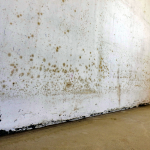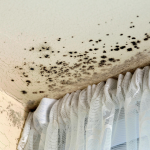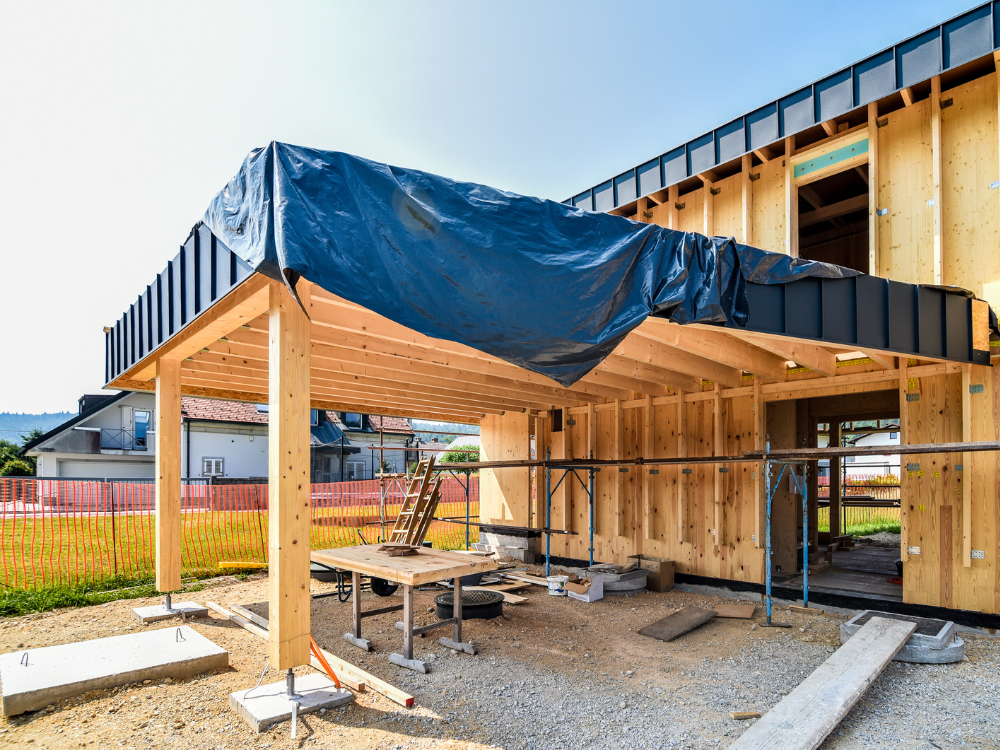Are passive homes the answer to Australia’s mould crisis? One builder, who recalls his own childhood as one spent in a damp and drafty house, believes so. it was the development of asthma in his own son that saw him begin on his journey to building a passive home to prevent the condition from recurring.
With one in three Australian homes experiencing mould, improving ventilation and air flow are paramount to preventing the health issue from impacting families.
The key to passive homes is the seal. While preventing air flow may feel at odds with warm Australian climates, the benefits of sealing the house are threefold. Firstly, it prevents the requirement for heating and cooling – homes that are sealed maintain an all-year-round temperature between 20 and 25 degrees. Secondly, it prevents excessive moisture by keeping the elements out, which stops humidity in the home which can lead to mould, and thirdly, it prevents exposure to the elements – meaning residents are less likely to be affected by seasonal temperature changes that could risk their health.
The home built by builder Adam Soulter feels better on the lungs, he says, “I can noticeably feel the difference compared with the humidity in our existing house, and just how uncomfortable it makes my breathing.”
Another builder who had used the method on a family home noted that the humidity levels in the home remained at 64 per cent, below the dew point required for mould outbreaks. He says his existing dwelling had a humidity point of as high as 94 per cent during the recent rains.
The practice of sealing homes, and monitoring the airflow through regulated systems, seems to be a particularly appealing option for many east coast Australian residents, although there is little uptake, with fewer than 50 homes utilising the method across the country. Pricing, coupled with the massive task of retrofitting an existing home, are often considerations for those looking at the process.




